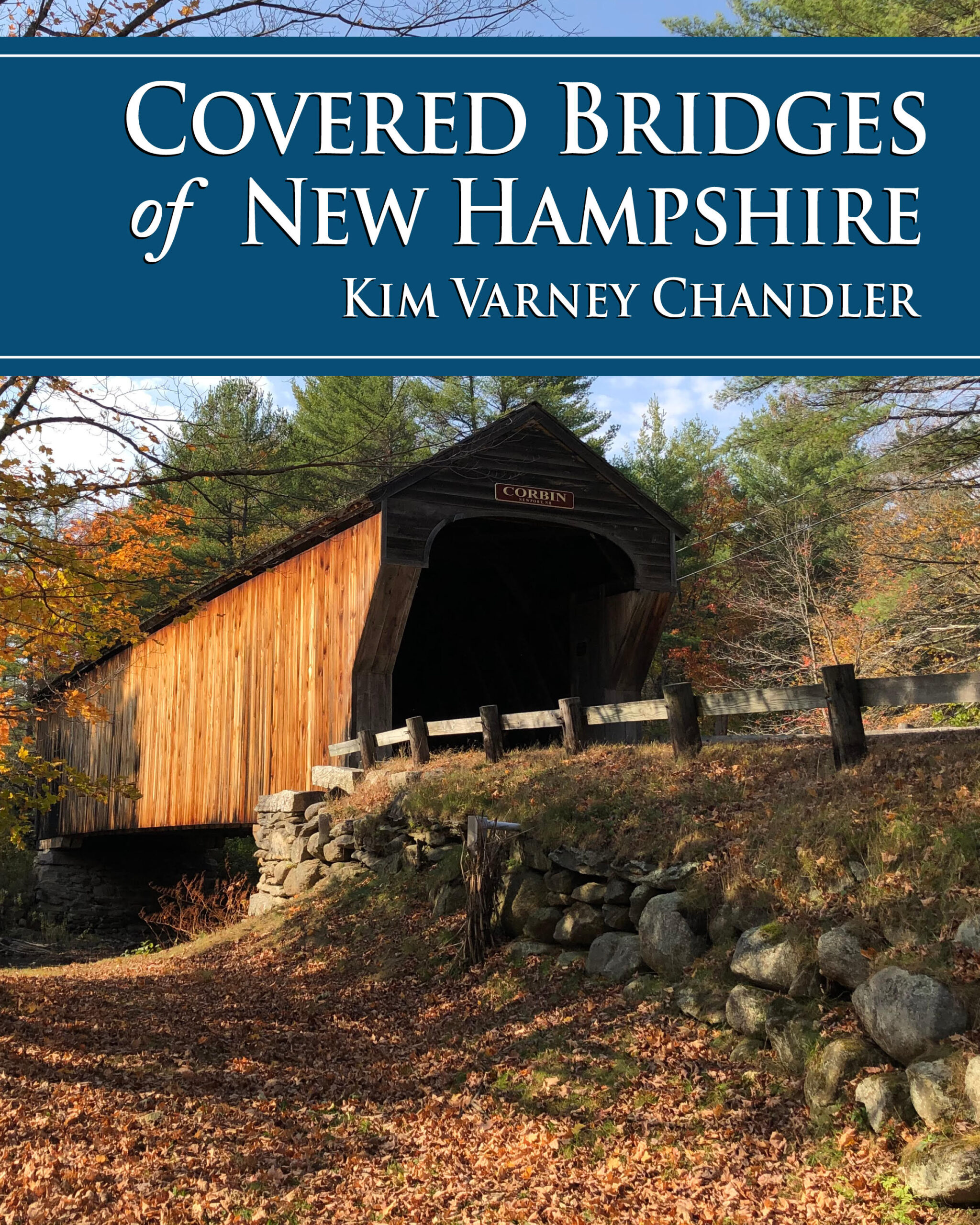It’s official.
Covered Bridges of New Hampshire is scheduled to be released on November 15, 2022.
It feels a little surreal to say I wrote a book.
I have always had a reverence for books. Books are a ubiquitous part of our culture – bookstores, book swaps, book clubs, bookshelves, bookends, notebooks, cookbooks, playbooks, and bookmarks. Books are so important that every town has a building specifically dedicated to housing their books and you have to have a special card to borrow them. Books are used for both education and entertainment. Books are where we go to learn things (well, before the internet). There is an authoritative nature to a book; after all, the word author derives from the belief that the writer is a “source of authoritative information or opinion.” Clearly, authors are expected to know what they are talking about. A published book seems so official.
No pressure.
I am not the authority on New Hampshire’s covered bridges and do not purport to be. But I partnered with those who are. The result of that partnership is historical narratives about sixty-one covered bridges assembled together in this book. It’s educational and entertaining and hopefully a place where you can go to learn things.
For almost two years those stories existed as a Word document. Through another partnership with the experts at Peter E. Randall Publisher, the book now has a shape. They have taken my words and my photographs and assembled them into an actual product. They made it real, and, dare I say, official.
To add the book to your collection, and maybe learn a thing or two, check out these buying options.


Leave a Reply